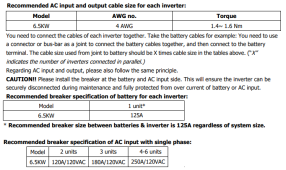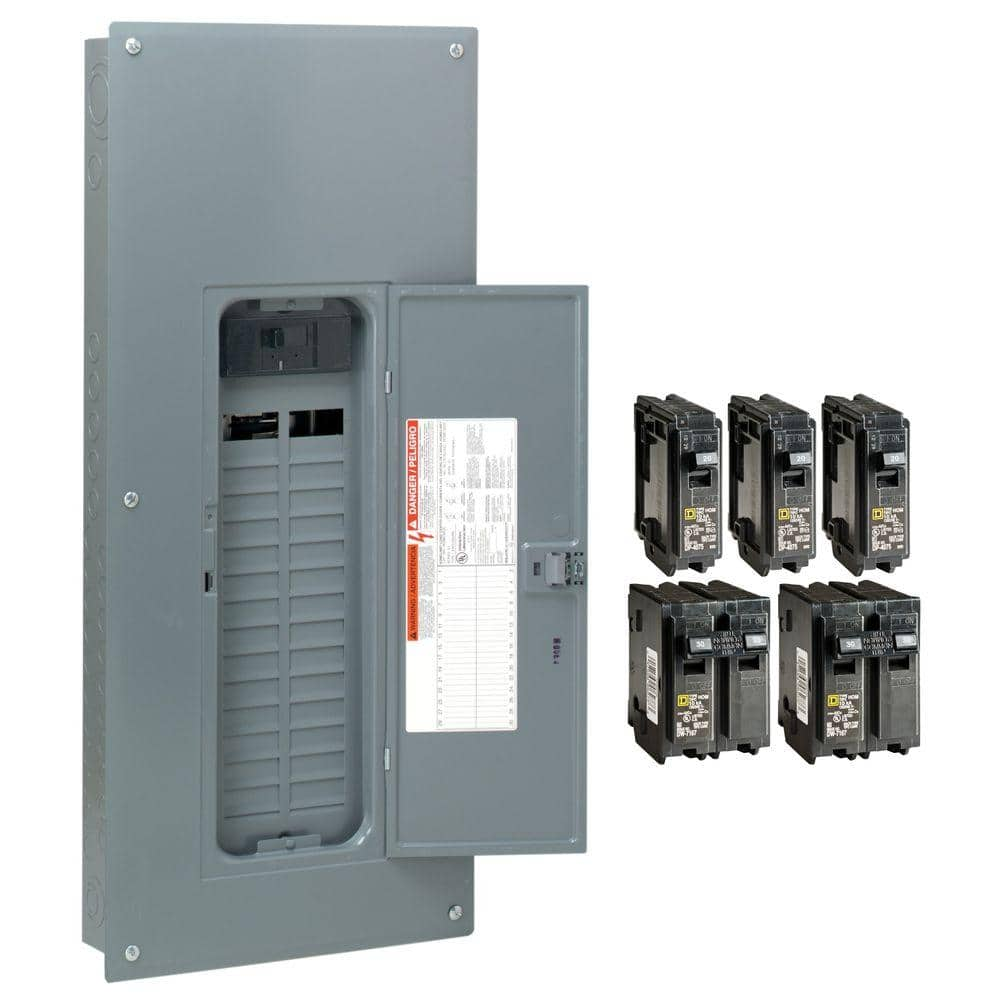And I like them better than using busbars to combine my AC wires, good call, I'm ordering these and will update my graphic.
Polaris, the ones I have happen to slip over the insulation of 2/0. But cutting off insulation in middle of a cable, I get two free ends to wire things.
Ampacity rating was something like 400A or more, which makes me feel good when I think about 120% rule for breaker panels.
The inverters put out 60amps. I have 63amp breakers
If thermal-magnetic, 80% of rating means 50A continuous.
Each inverter can put out 54 amps. There will be four inverters, so I was going to put in 70 amp breakers one for each L1 and L2 line, of which there are two of each feeding the breaker box sub-panel. 54 amps at 125% = 67.5 amps, so 70 amp breaker would meet the requirement.
54A not 60A is closer to what 63A breakers carry.
70A breaker x 80% = 56A, so appropriate. Exactly the breaker rating and inverter input current I used. Problem was, with two inverters in parallel and bypassing grid to load (or to PV inverters), current was imbalanced 3:1. That was QO270
I replaced with 63A Schneider multi-9, and much more closely balanced.
I replaced with 60A Midnight/CBI magnetic/hydraulic, even closer balanced.
But you're off-grid and generator less than one inverter's pass through. And DC charger coupled. So not an issue for you.
CBI breakers don't need 80% derating, guaranteed not to trip below 105% of rating so 100% is OK.
Carling breakers guaranteed not to trip below 100% of rating, could use to 95%.
Based on our conversations, I updated the setup like this.
Homeline. I pay more and use QO. It has copper bus for 125A and above, but aluminum for 100A and below.
I bought a 200 amp MSP.
Based on the comments above, are we thinking I need a bigger sub-panel? 125 Amp? And need bigger wires for the trip from the sub-panel to the MSP? 1/0 it would appear at 75C is 150 Amp capacity.
I got one QO value pack. More bucks than Homeline.
You'll find some panels with heavier busbar, like 225A, even though 200A breaker (or 150A also available).
If you want AFCI or GFCI, those are full size.
"plug on neutral" is a new feature so those breakers don't need pigtails. If you get one, double-check torqeuing of busbar. They did a recall over that.





